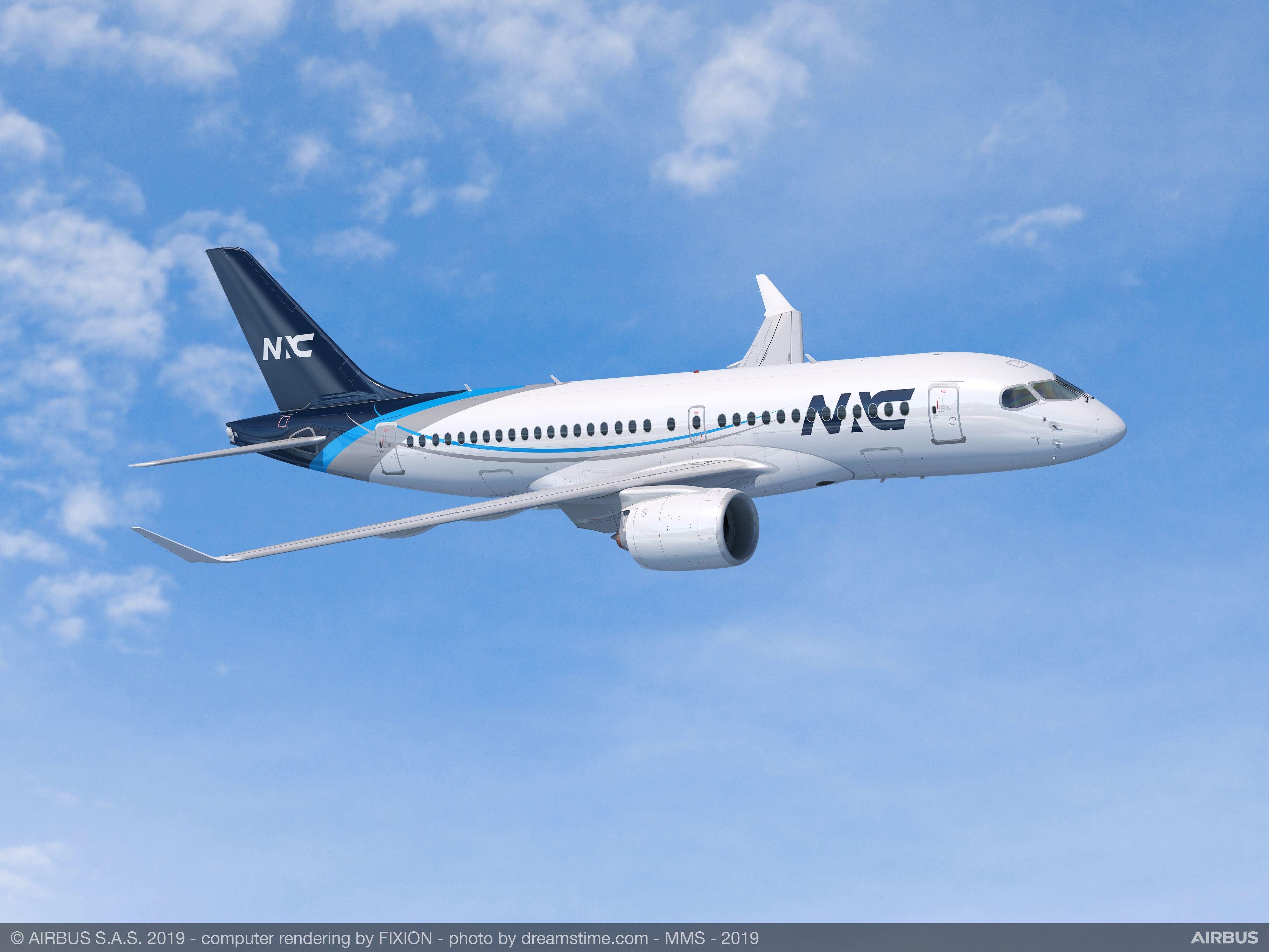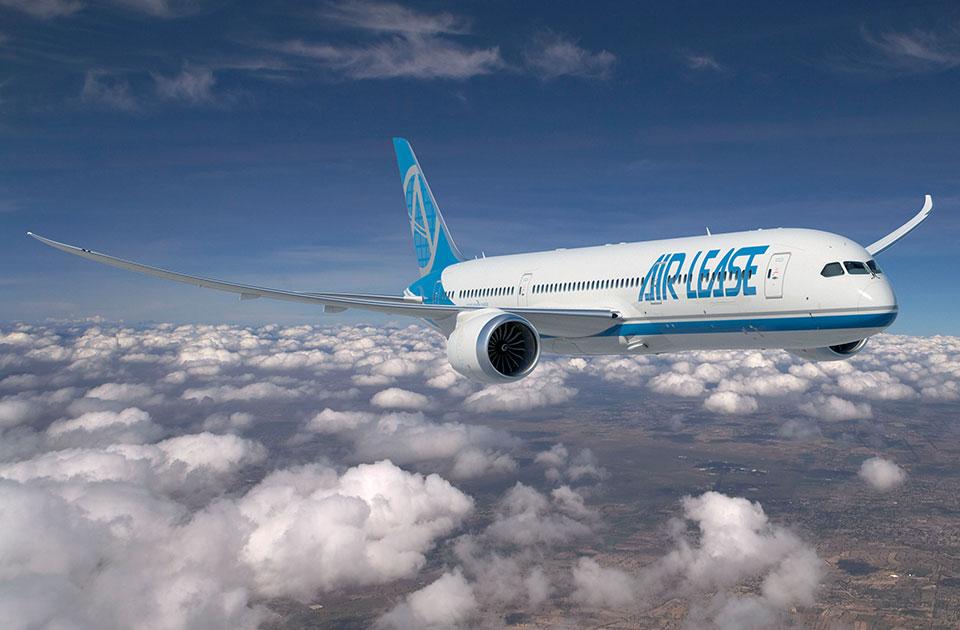
When airlines take out aircraft leases, they are effectively buying a “fleet flexibility” insurance policy. Now those policies are being cashed in on an unprecedented scale worldwide in response to the COVID-19 pandemic, putting aircraft lessors under intense pressure.
Pre-pandemic, times were quite good for aircraft lessors. According to CAPA data, lessors controlled around 50% of aircraft in active service with airlines globally in January 2020, delivering bumper returns. Then came the COVID-19-related groundings, a flurry of lease deferrals and a bleak outlook for recovery.
“There's plenty of pain to go around at the moment,” Altair Advisory managing director Patrick Edmond said. “I think lessors are going to suddenly find they have a great deal of metal parked on the ground. They’re taking an awful lot of impairments. And the good days, I think, may be behind them for a fairly extended period.”
He added: “Lessors are going to be in big trouble; investors are not going to see the returns to which they have become accustomed. For lessors, and indeed for OEMs, I think we have another cold winter coming in … and a bit of cold weather after that for some time.”
Regional aircraft specialist Nordic Aviation Capital (NAC), which holds 29% of all regional aircraft owned by lessors, had been on track to deliver its 24th consecutive year of increased profitability for the financial year ended June 30, 2020. The first half marked NAC’s strongest ever financial performance—nearly double that of 2018-19—but the COVID-19 pandemic pushed NAC to its “most challenging” fourth quarter to date, forcing the company to file for a court-approved debt standstill.
“In my 30 years in aviation, 2019-20 has been, without a doubt, the single most challenging year,” NAC chairman and founder Martin Møller said, announcing a $639 million full-year loss. By the end of June, NAC’s cash collection rate had fallen to 77%, after customers sought payment deferrals or fell into arrears.
NAC is not alone; all lessors have been impacted. On early October, Avolon said it was still being affected by deferrals and late payments, but the situation appeared to be improving. The company’s year-to-date collection rate is now trending upwards at over 80%.
“During the third quarter, 28 of Avolon’s customers were due to start repayments at the scheduled expiry of their deferral arrangements. Twenty-four of these airlines started repayments, in some cases under amended repayment terms. The remaining balance are either in arrears, or subject to an extension of their deferral period,” Avolon said.
Despite the bleak outlook, however, most lessors insist they have the resilience and liquidity to weather the crisis.
Udvar-Házy’s optimism
Air Lease Corp. (ALC) executive chairman Steven Udvar-Házy told ATW that the hand-wringing may be overblown.
“The leasing community has been a very effective bucket for airlines to utilize to manage through the current [pandemic] situation,” he explained. “Lessors can take in used aircraft, provide new aircraft, can do a seven-year lease on a brand-new aircraft that has a 25-year lifespan. We can provide fleet solutions. A lessor like Air Lease has management with four decades of experience working with airlines during updrafts and downdrafts. An airline can reach out saying, ‘we need to realign our fleet.’ Much more than a source of capital, we are a partner allowing airlines to rejig their fleets to new realities.”

Southwest Airlines, facing two headwinds—the pandemic and the Boeing 737 MAX grounding—raised $815 million from sale and leaseback deals earlier this year, selling off 10 Boeing 737NGs and 10 737-8s in its fleet, and then entering into leasing contracts to operate the aircraft.
Udvar-Házy pointed out that many airlines around the world have been provided with ample relief from governments, providing a cushion for lessors. Airlines, particularly those that do heavy business with lessors, will not collapse, he said.
“Seventy-five percent of the net book value of the ALC fleet are leased to flag carriers or airlines that have some form of government ownership,” he explained. “Additionally, as airlines have had to significantly increase their liquidity, they’re doing so with financing at much higher rates than the pre-COVID crisis and further leveraging their balance sheet in the process, taking on more debt and more obligations.”
What airlines are doing is accelerating the retirement of older aircraft.
“We anticipate hundreds of additional older aircraft will be retired in the coming months,” Udvar-Házy said. “If you look at the global fleet over the last 20 years, age has steadily declined given the number of new aircraft deliveries. However, before global events like 9/11, the financial crisis and now COVID, the number of aircraft over the age of 15 had increased. This occurred because airlines were responding to growing levels of passenger traffic demand and were operating aircraft that in other instances would have been already replaced. After these types of global events, the industry has seen what the airlines are doing right now, which is right-sizing their fleet and retiring those aircraft that are no longer economical or they’re less efficient, in effect, cleaning the house.”
Udvar-Házy said air travel will eventually recover, and lessors will help airlines be upright when it does.
“There’s no question that the lessors will have a very constructive part in rebuilding the airlines so they can reach breakeven,” he said.
Oversupply
Nevertheless, lessors are facing headwinds on both the customer and asset sides of their business. Airlines’ capacity cuts are reducing demand for aircraft, which is in turn impacting lease rates and aircraft values.
“The fall in passenger demand caused by COVID-19 is driving a dramatic fall in new aircraft commitments, with lease starts down 57% on 2019 levels,” consultancy firm IBA said.
These aircraft, returning off lease with no onward placement, are creating “significant costs” for lessors, according to IBA. Oversupply is also pushing market values down as much as 40% for some aircraft, to “distressed levels,” compared with their base values in more stable times.
“Aircraft values are diverging at the greatest extent ever seen,” IBA said. “There is now a significant gap,” potentially creating an impairment issue for aircraft owners.
Edmond from Altair Advisory observed that lessors are “in a hole,” which they will need to dig themselves out of. “The ‘silly money’-based lessors in particular are in trouble, unless they can find investors to throw good silly money after bad,” he said.
Many lessors have large orderbooks of aircraft at pre-COVID prices and “increasing numbers of grounded aircraft which will never earn lease rentals again,” Edmond said. This could lead to asset sales to raise liquidity, or young-aircraft part-outs.
“Demand for parts will be down as well, so both the alternatives—keep flying or part out—have fallen in value,” Edmond added.
However, Edmond said this could be a good time for consolidation and restructuring, as weaker players are bought out, and—paradoxically—for new players to enter the market: “Not big new players necessarily, but niche players,” he said. “If I have funds and I can pick up a fleet of decent-but-out-of-favor aircraft for half nothing, and then lease them out, or lease them out on a power-by-the-hour basis so airlines don’t have to generate such high utilization to cover their costs, then I could have a quite nice post-COVID business, at least for a few years.”


